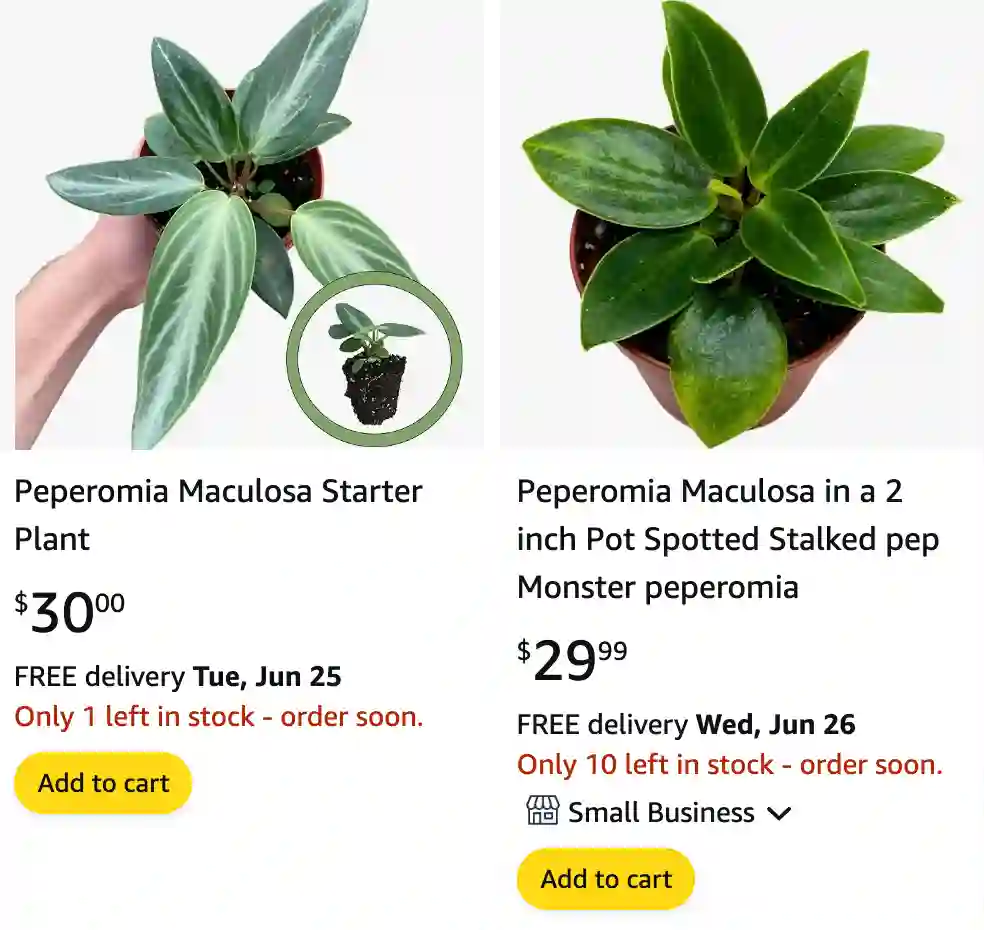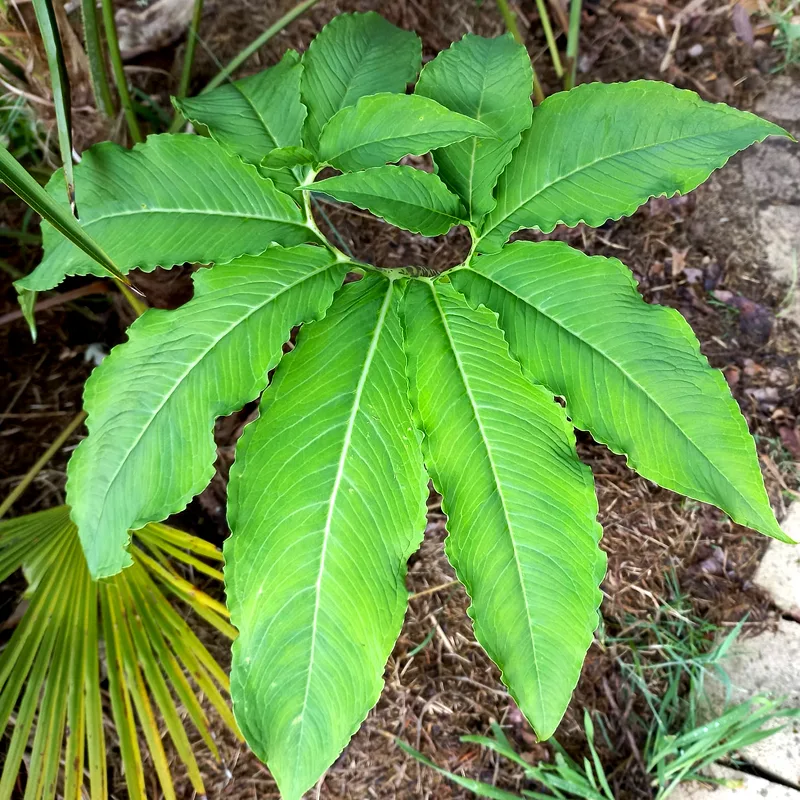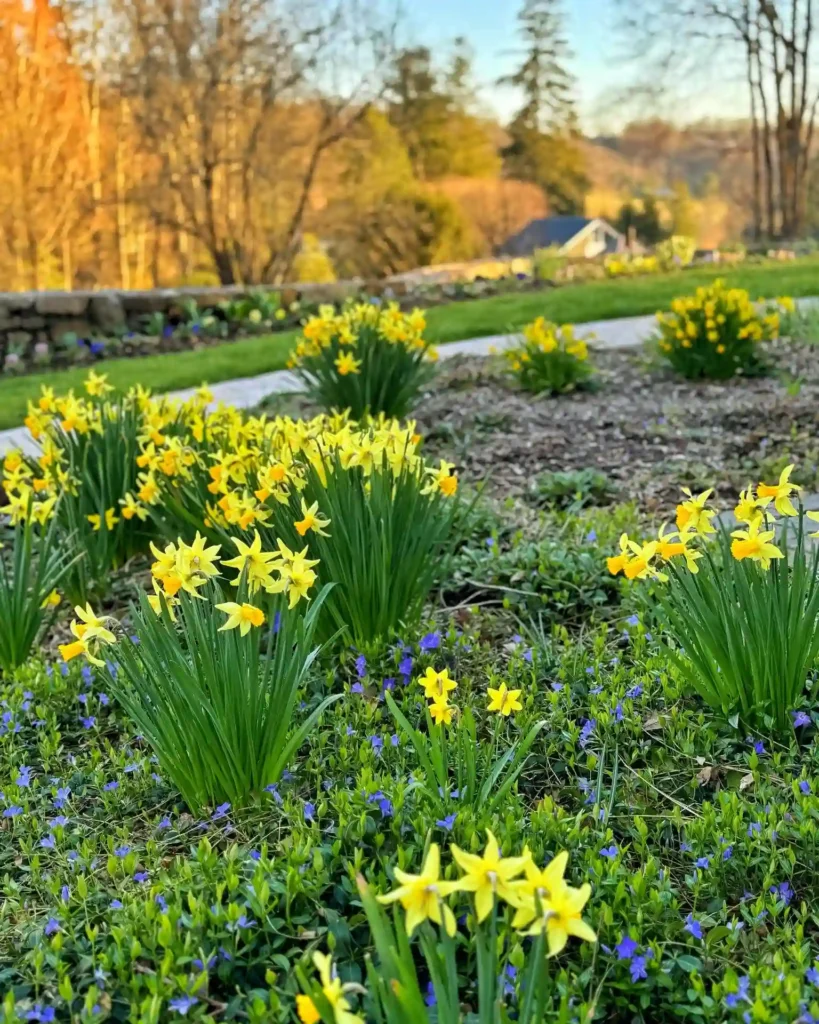
Peperomia Maculosa: My FAQs for the Spotted-Leaf Charmer
Greetings, plant enthusiasts! I’m Ferb Vu, and the Peperomia Maculosa, with its captivating spotted stalks and lush green leaves, has become a star in my collection. Today, I’m here to answer your burning questions about this easy-to-care-for beauty.
1424 Species in Genus Peperomia
What’s the Deal with the Nicknames?
The Peperomia Maculosa goes by a few cool aliases. “Spotted-Leaf Peperomia” is a straightforward description, highlighting its most striking feature. “Monster Peperomia” reflects the potential for its leaves to grow quite large, resembling those of its monstrous cousin, the Monstera Deliciosa.
How Does Peperomia Maculosa Compare to Other Peperomias?
Peperomia Maculosa belongs to a vast and diverse family. Here’s a quick comparison to two popular varieties:
- Peperomia Obtusifolia (Baby Rubber Plant): Both share a love for bright, indirect light and well-draining soil. However, the Maculosa boasts larger, glossier leaves with prominent veins, while the Obtusifolia has smaller, rounded leaves.
- Watermelon Peperomia: This charmer features plump, watermelon-rind patterned leaves. Both require similar watering habits (letting the soil dry between waterings), but the Maculosa thrives in slightly higher humidity.
Light Up My Life: How Much Light Does it Need?
The Peperomia Maculosa prefers bright, indirect light. Think dappled sunlight filtering through a sheer curtain. Harsh, direct sun can scorch the leaves, while insufficient light can make them leggy and pale.
Water Woes? Here’s the Lowdown
This little trooper is a champ at tolerating underwatering. Always err on the side of dryness. The best way to water is to check the soil – stick your finger about an inch deep. If it feels dry, it’s watering time. Soggy soil leads to root rot, so avoid leaving the plant sitting in water.
Temperature Talk: Keeping Your Maculosa Cozy
The Peperomia Maculosa thrives in average room temperatures, between 50 and 95 degrees Fahrenheit (10 and 35 degrees Celsius). Drafty windows and sudden temperature fluctuations are a no-go.
Humidity Matters, But Not that Much
While the Peperomia Maculosa appreciates some extra humidity, it’s not overly fussy. Grouping it with other humidity-loving plants or using a pebble tray filled with water can help, but it’s not essential for healthy growth.
Feeding Frenzy? How to Fertilize
A light feeding once a month during the growing season (spring and summer) with a balanced liquid fertilizer diluted to half strength is sufficient. During winter, feeding can be stopped entirely.
Potting Up Your Maculosa
A well-draining potting mix is crucial. Opt for a cactus or succulent mix, or create your own by combining regular potting mix with perlite or orchid bark for extra drainage. Choose a pot with drainage holes to prevent waterlogging.
Propagation Power: Sharing the Maculosa Love
This beauty can be propagated through leaf cuttings. Take a healthy leaf with a bit of stem attached, plant it in a moist, well-draining mix, and keep it warm and humid. Patience is key – roots can take several weeks to develop.
Common Problems and How to Deal
- Yellowing Leaves: This can be caused by overwatering, underwatering, or insufficient light. Check the watering routine and adjust as needed. Ensure it receives enough indirect light.
- Stunted Growth: This often indicates a lack of light. Move the plant to a brighter location.
- Brown Spots: These could be signs of sunburn from direct sunlight. Move the plant to a shadier spot. Fungal diseases due to overwatering can also cause brown spots. Ensure proper drainage and adjust your watering habits.
The Final Verdict: Is the Peperomia Maculosa Right for You?
Absolutely! This low-maintenance stunner is perfect for busy plant parents. With its captivating looks and easy-going nature, the Peperomia Maculosa is a surefire way to add a touch of tropical flair to your home. So, what are you waiting for? Welcome a Peperomia Maculosa into your life and enjoy its lush charm!
If i die, water my plants!



